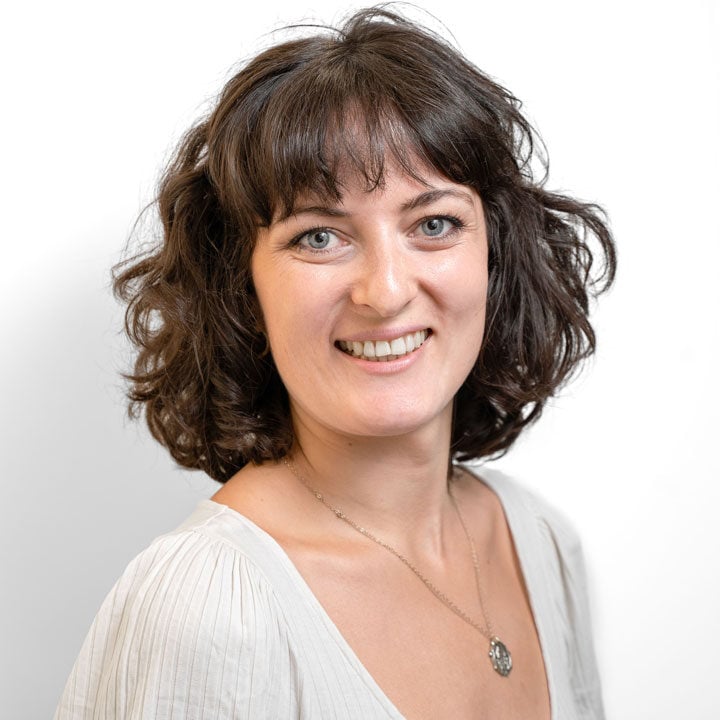Smart Energy Solutions: scaling-up Sympower’s platform with the Flex4Scale project

The European energy landscape is undergoing a structural transformation to triple its share of renewable energy capacity by 2030, and flexibility solutions are paramount to support a decarbonised and secure electricity system.
Flexible service platforms must be future-proofed and adaptable to ensure that the electricity usage and production of flexible energy resources can support the grids' needs. After securing a €2.3 million grant from the highly competitive European Innovation Council (EIC) Accelerator programme, we conducted the Flex4Scale project to scale up our existing demand response platform.
Our Head of Engineering, Joost Mulders, explains how scaling up our platform can keep pace with the growing demand for flexibility services across Europe and opens it to new resources, customers, countries and market programmes.
Why did Sympower need to scale up its platform?
As we expanded throughout Europe and considered the requirements of the national energy markets and the growing diversity of flexible resources available, we saw a need to scale up our platform, making it more inclusive and accelerating our entry time to the market. Its previous version was based on country-specific implementations, which, although worked well at the national level, limited our ability to integrate new international customers, market programmes and resources.
Through the Flex4Scale project, and thanks to the European Innovation Council's funding, we decided to redesign and gradually rebuild our platform to develop a modular and intelligent software that efficiently controls a diverse network of flexible resources in multiple markets and countries.
As part of the Flex4Scale project, we also improved our platform's maintainability and support to our customers and partners by reducing our development teams' maintenance load.
What is different in the new platform compared to the former model?
Because we cannot have a one-size-fits-all platform, we decided to build one with modular components, where we abstract functionality into smaller reusable microservices. For each implementation, we can then select the best components for a specific scenario, whether a new market programme or a new country.
Of course, we take additional steps when entering a new country to tailor our platform to new markets and new resources’ requirements. However, we can accelerate our platform's entry-time-to-market and make it more stable by transferring to a modular components approach. In return, this lowers the maintenance load and downtime our customers can experience. To do so, we improved our processes to focus as much as possible on automated testing and enhanced machine learning algorithms for forecasting services.
Another crucial aspect was to future-proof our platform to ensure it can swiftly adapt to the evolving needs of the European energy markets. We’ve done this by setting up common foundations that allow us to offer other services benefiting from flexible resources in addition to our existing balancing services.
By making the platform modular, we’re also ensuring that it can adapt quicker to the evolving needs of the energy markets because the required changes will be limited to a few modules and not the entire platform.
What are the benefits of this new platform?
We can attach more resources and companies to our platform and access new markets, which creates more available flexibility capacity for all the energy markets, not just the balancing ones.
We have also improved our machine-learning algorithms, which enables us to forecast our bidding capacity better and be more accurate in what we can provide. A more reliable platform helps stabilise the market and is more attractive to new and current customers, who can maximise the benefits they receive from flexibility services. It ultimately supports the expansion of the flexibility market, which is crucial to realise Europe's energy transition.
This modernised platform will also quicken our entry to market and reduce the time needed to add new crucial resources, such as battery storage (BESS).
Can you take us through the redesign process?
We started with our existing functional map of our customers' needs. Based on it, we split the work between designing a new modular architecture and creating a new data and entity model.
Our old database was very specific to our existing customers and countries we were already active in. This approach, which worked well when Sympower was still a start-up, forced us to develop a new instance of the platform each time we added a new customer, which required enormous maintenance. We knew we needed a more holistic platform, so we designed a new data proof-of-concept model to host all of our customers and partners within the same platform while succeeding in distinguishing them.
During this process, the biggest challenge we had to overcome was scaling up our platform while actively expanding Sympower. We could not stop offering flexibility services to our existing customers and partners while developing the new modular platform, so we had to run everything simultaneously. To solve this challenge, we built an API to ensure our existing functionalities would keep working. This ensured that we prevented any disruptions for our customers while gradually moving the functionality to the new architecture.
What are the next developments for Sympower’s platform?
We are now creating specific functionality models that will completely future-proof our platform and support Sympower's growth. The next big development will be improving resource abstraction by improving our catalogue and ways of recognising resources' behaviour.
This next improvement will make it easier to bid resources onto markets because it will be clearer to identify the type of resources we're managing and how to forecast them. We'll be able to build resource profiles and use them across the platform, accelerating our entire process and enabling our customers to access energy markets quicker.
The Flex4Scale project has greatly supported the scaling up of our platform. The upcoming end of the project will mark an important milestone in Sympower’s scale-up phase as we continue to improve our platform to better answer our customers’ needs, market requirements, and expansion throughout Europe.
Other articles you might find interesting
-
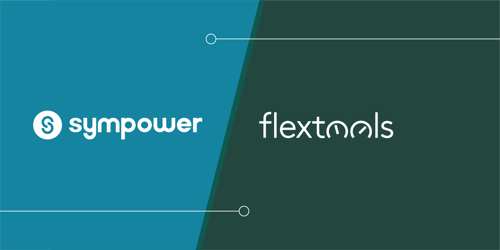 News5 February 2024
News5 February 2024Sympower acquires Flextools, strengthens its energy flexibility leadership position in the Nordics
Read more -
 News5 February 2024
News5 February 2024Sympower raises €21.3 million in oversubscribed funding round to broaden services and accelerate European expansion
Read more -
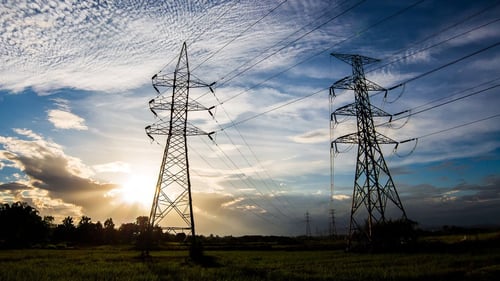 News5 February 2024
News5 February 2024Optimus Energy and Sympower Bring Over 230 MW to Greece’s Balancing Market
Read more -
 News5 February 2024
News5 February 2024"The Greek Demand Response Market will be one of the most financially interesting in Europe." - Explaining Demand Response in Greece
Read more -
 News5 February 2024
News5 February 2024User-friendly Platform and Reduced Energy Costs: Outcomes of the Flex4Scale Project
Read more -
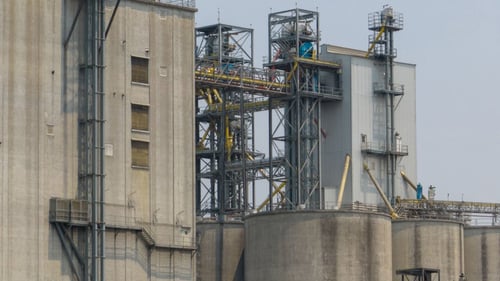 News5 February 2024
News5 February 2024Heidelberg Materials Hellas and Sympower Optimise Greece’s Balancing Markets
Read more -
 News5 February 2024
News5 February 2024Sympower Selected to Join the EIC Scaling Club Network as One of Europe’s Highest-Potential Deep Tech Scale-Ups
Read more -
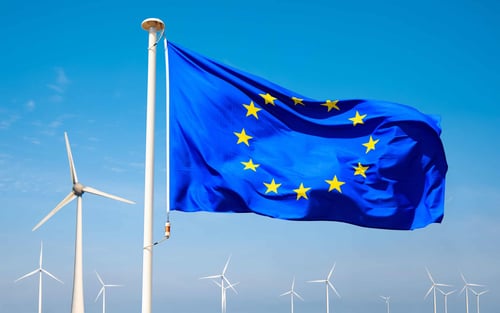 News5 February 2024
News5 February 2024Electricity Market Design Reform - the Role of Demand Side Flexibility and Storage
Read more -
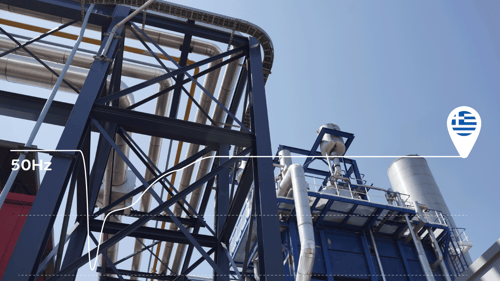 News5 February 2024
News5 February 2024Sympower Goes Live In Greece’s Balancing Markets
Read more -
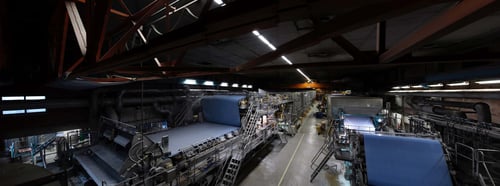 News5 February 2024
News5 February 2024Sympower Secures €2.3 Million from the EIC Accelerator to Bring Wider Flexibility Services to Europe, with Flex4Scale
Read more
